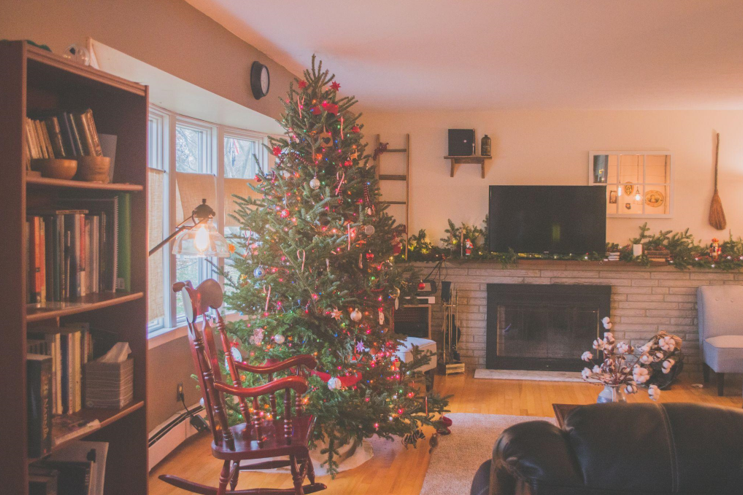The symbolism of Garland in Weddings
Garlands have been used in various cultures for centuries to celebrate special occasions, and weddings are no exception. Garlands are common symbols of unity and love in Hindu and Buddhist weddings. They are exchanged between the bride and groom as a sign of their union and commitment to each other. Flowers, leaves, and other materials are carefully woven together to create beautiful garlands, which are worn as necklaces around the neck or shoulder.
In Christian weddings, garlands hold a slightly different meaning. In some traditions, couples exchange garlands as a sign of their love and devotion to each other. The wreath-like structure of garlands also represents eternal love, as there is no beginning or end.
Regardless of the cultural or religious context, garlands are essential elements of wedding ceremonies. They symbolize the couples’ love and commitment to each other for life.
Garland in Wedding Dresses
Garlands are not just limited to being decorative items in wedding ceremonies. In recent years, garlands have also made their way into wedding dresses and as a gorgeous accessory on heads. Some brides use garlands as belt sashes, while others incorporate them into their headpieces or veils.
Perhaps the Hawaiian lei is the most well-known example of the use of garlands in wedding dresses. For years, Hawaiians have used lei garlands to symbolize welcome and celebration. Hawaiian brides often wear handmade lei garlands of fragrant tropical flowers such as hibiscus, orchids, and plumerias. The colorful and fragrant garlands evoke a sense of romance and love.
Garlands have always been considered a beautiful and essential element in weddings. They provide the perfect finishing touch to a bride’s wedding outfit, making the ceremony more celebratory and joyful.
The Role of Priests in Garland Exchange
Finally, priests’ importance in exchanging garlands during weddings must be considered. In Hindu and Buddhist weddings, the priest plays a crucial role in guiding the couple through the ceremony and ensuring that the exchange of garlands is done correctly.
In Christian weddings, it is the priest’s role to bless the couple and oversee the exchange of rings. However, some Christian traditions involve a priest or minister exchanging garlands, especially in countries where garlands are essential to the wedding ceremony.
In conclusion, garlands have a rich and diverse history in wedding ceremonies. Whether they are used as decorative items or integrated into wedding dresses and accessories, they hold great significance in the union of couples. Priests have also played a vital role in ensuring that the exchange of garlands is done correctly, adding to the spiritual significance of the ceremony. A wedding without garlands is unimaginable, and they continue to play a crucial role in weddings, symbolizing love and unity.

